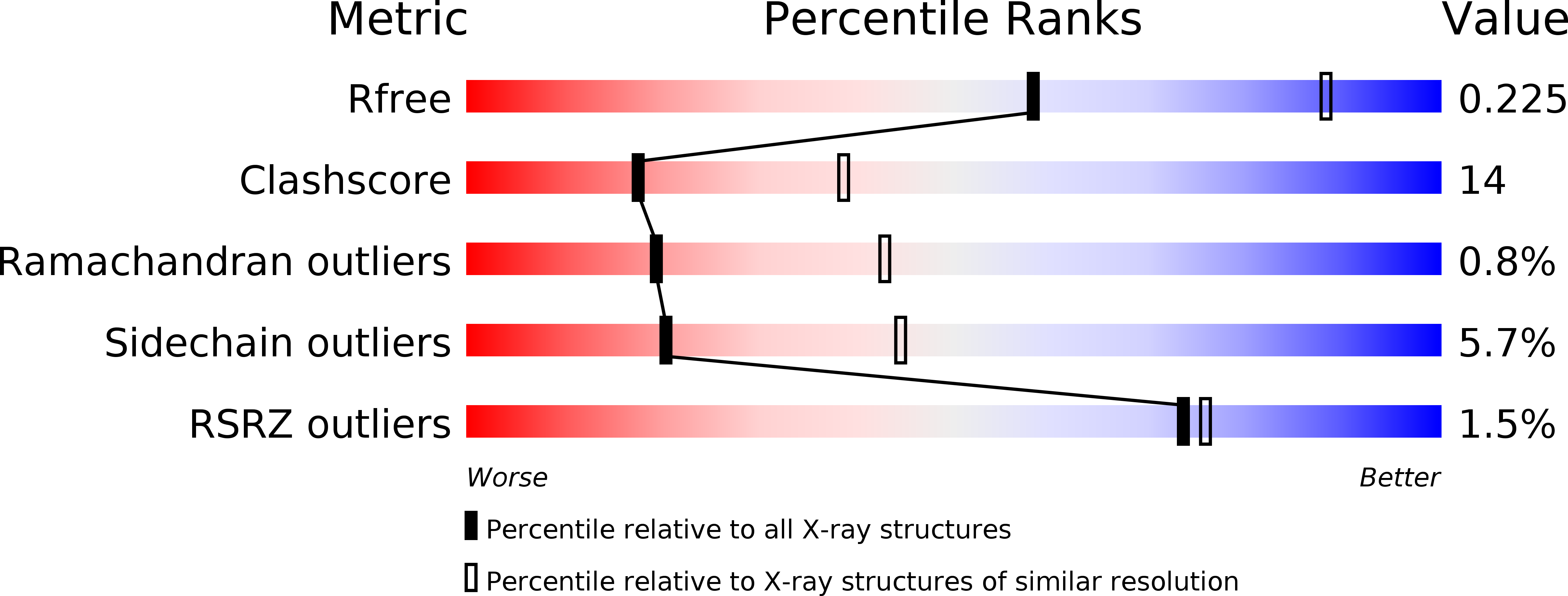
Deposition Date
2009-01-21
Release Date
2009-04-28
Last Version Date
2024-02-21
Entry Detail
Biological Source:
Source Organism:
Arabidopsis thaliana (Taxon ID: 3702)
Host Organism:
Method Details:
Experimental Method:
Resolution:
2.70 Å
R-Value Free:
0.23
R-Value Work:
0.20
Space Group:
P 21 21 21


